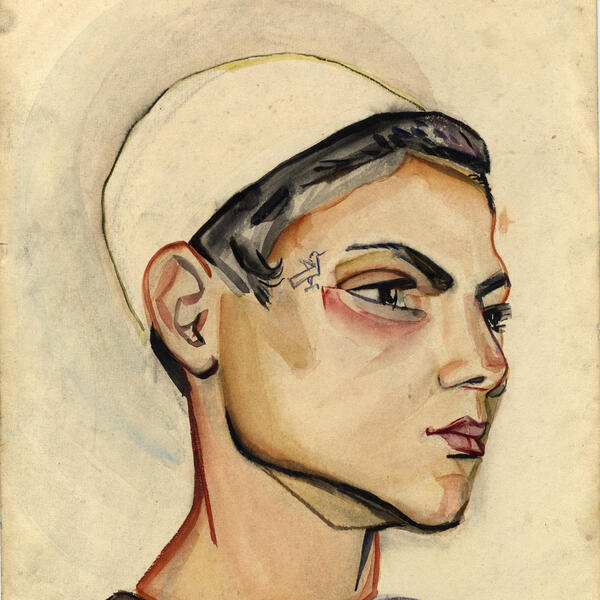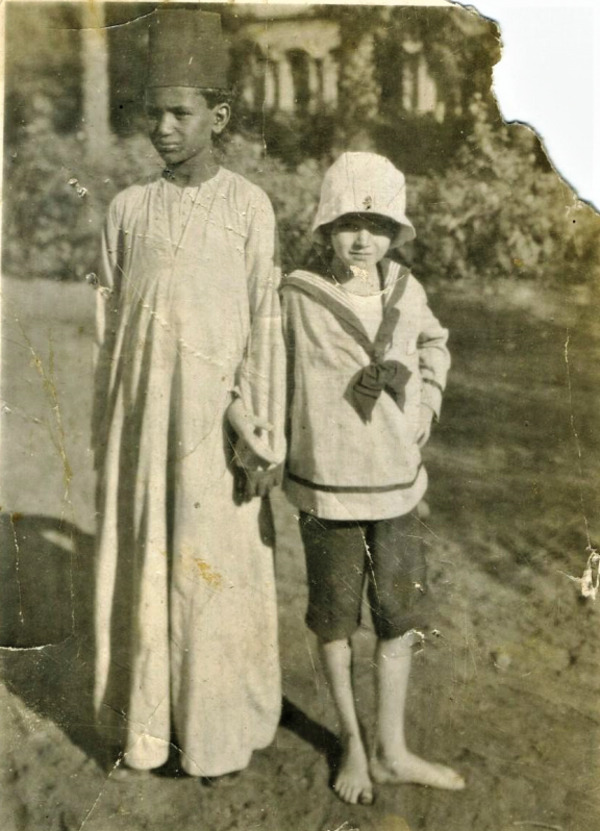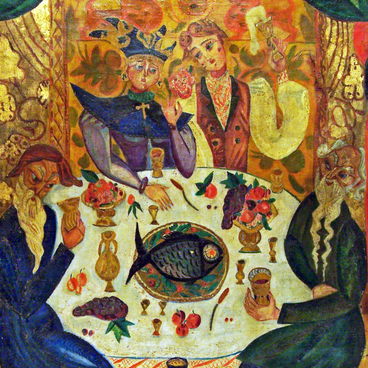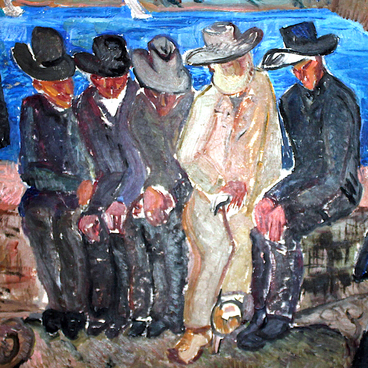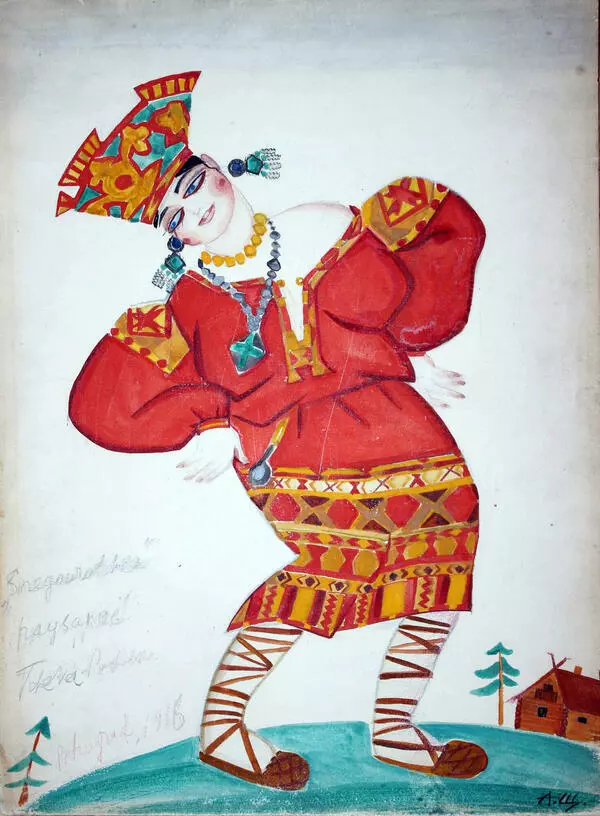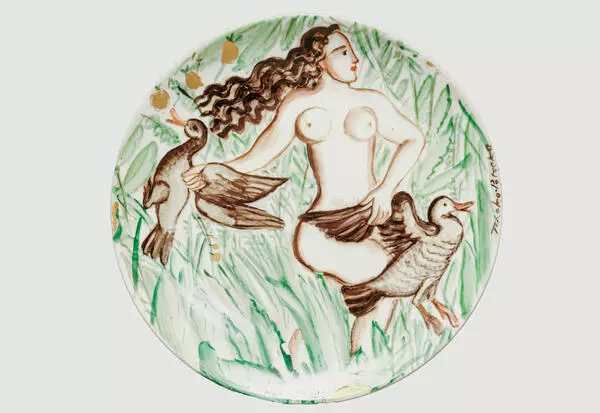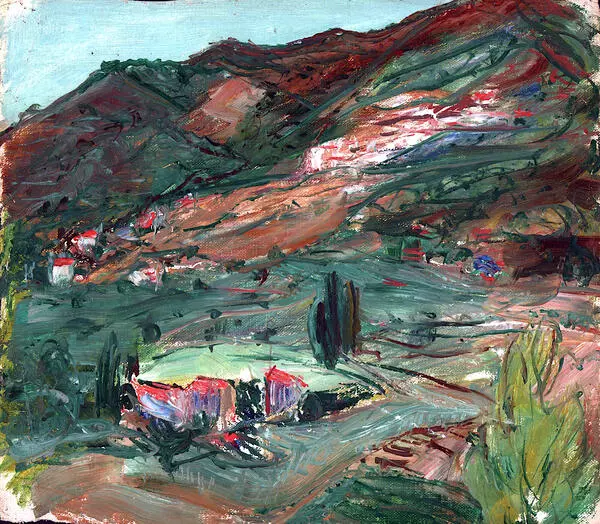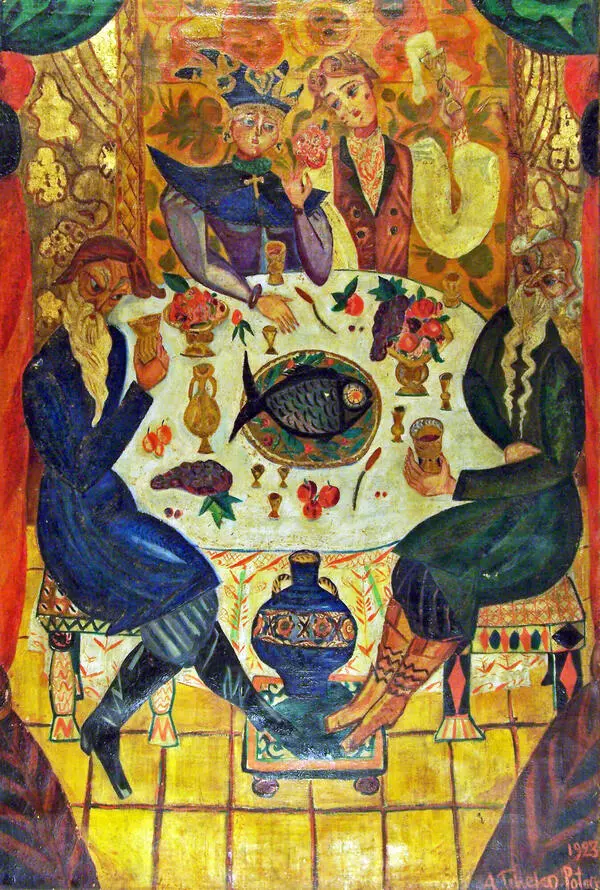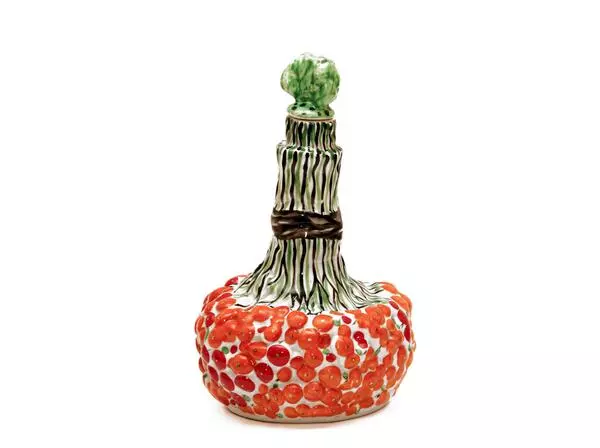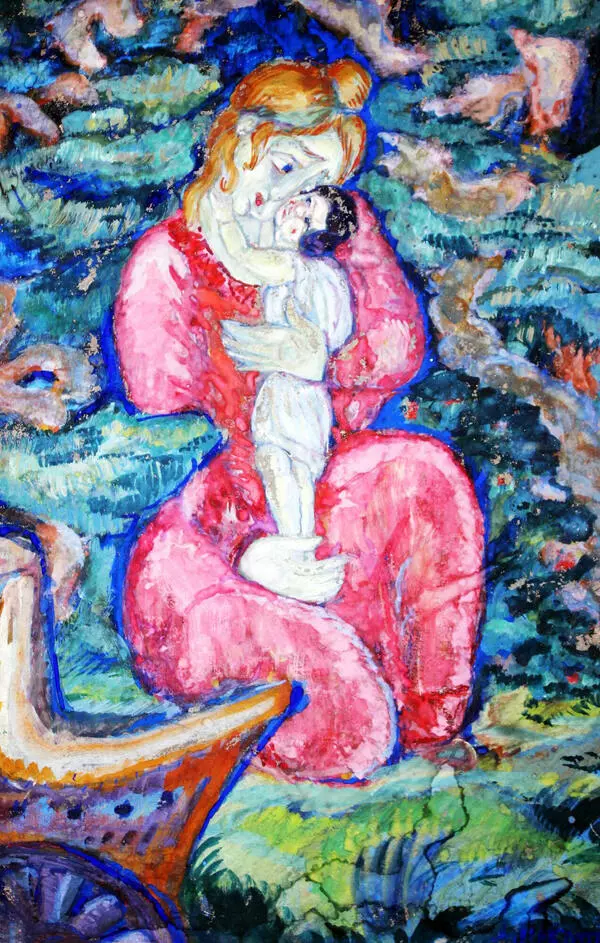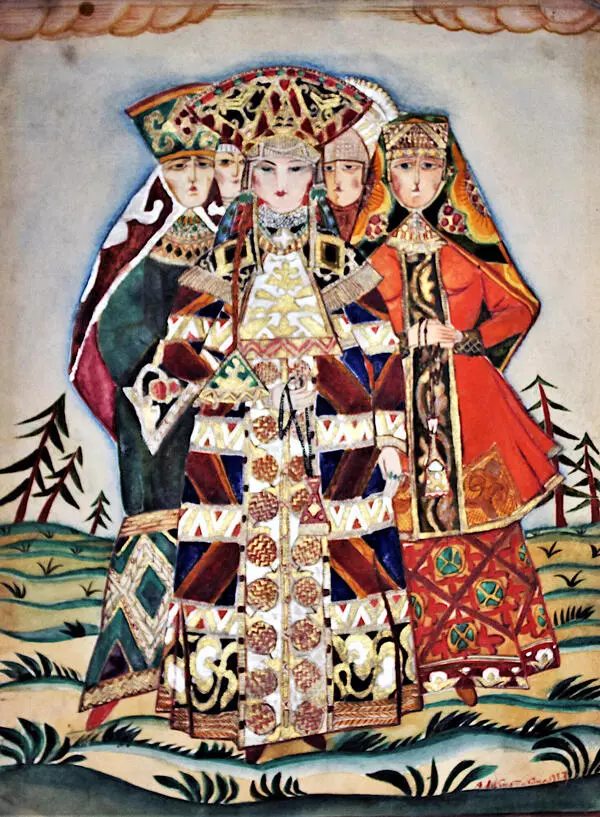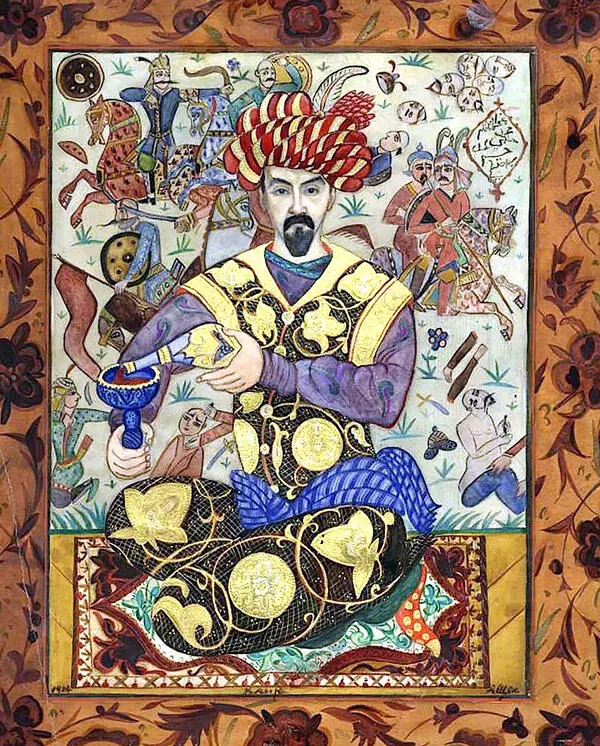The “Head of an Egyptian Boy” is one of the distinctive works of Alexandra Vasilievna Shchekatikhina-Pototskaya, created during her stay in Egypt.
The artist’s graphics at that time were distinguished by a great picturesque quality and an entire arsenal of graphic techniques. The artistic range of graphics was fully understood and used by Alexandra Vasilievna with the same accuracy as it was done in decorative and applied arts. At first glance, the “Head of an Egyptian Boy” may seem like just a colored drawing, but looking closely, one can notice that the contour lines themselves have a certain color — one just has to compare the reddish contour lines of the forehead, neck, and ear with the brown, turning into black lines of the eyes and chin. The well-blended colors created the effect of tanned skin, so the portrait acquired an almost sculptural relief feel. Shchekatikhina-Pototskaya successfully combines the visual means of painting and graphics in one work.
The Egyptian boy, whose name has not been preserved, helped Alexandra Vasilievna Shchekatikhina-Pototskaya to fire porcelain during her life in Cairo, where she joined Ivan Yakovlevich Bilibin to become his wife.
Alexandra Vasilievna continued to work at the State Porcelain Factory, to where she sent finished products, that she painted and fired in a small improvised workshop with a muffle stove. The boy’s duties included carrying out all the preparatory steps and controlling the muffle stove.
From the memoirs of Alexandra Vasilievna’s son Mstislav Nikolaevich Pototsky:
The artist’s graphics at that time were distinguished by a great picturesque quality and an entire arsenal of graphic techniques. The artistic range of graphics was fully understood and used by Alexandra Vasilievna with the same accuracy as it was done in decorative and applied arts. At first glance, the “Head of an Egyptian Boy” may seem like just a colored drawing, but looking closely, one can notice that the contour lines themselves have a certain color — one just has to compare the reddish contour lines of the forehead, neck, and ear with the brown, turning into black lines of the eyes and chin. The well-blended colors created the effect of tanned skin, so the portrait acquired an almost sculptural relief feel. Shchekatikhina-Pototskaya successfully combines the visual means of painting and graphics in one work.
The Egyptian boy, whose name has not been preserved, helped Alexandra Vasilievna Shchekatikhina-Pototskaya to fire porcelain during her life in Cairo, where she joined Ivan Yakovlevich Bilibin to become his wife.
Alexandra Vasilievna continued to work at the State Porcelain Factory, to where she sent finished products, that she painted and fired in a small improvised workshop with a muffle stove. The boy’s duties included carrying out all the preparatory steps and controlling the muffle stove.
From the memoirs of Alexandra Vasilievna’s son Mstislav Nikolaevich Pototsky:

